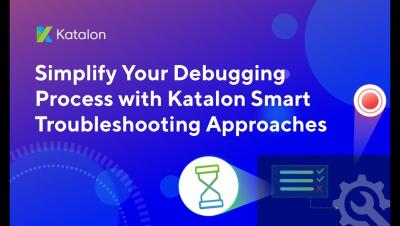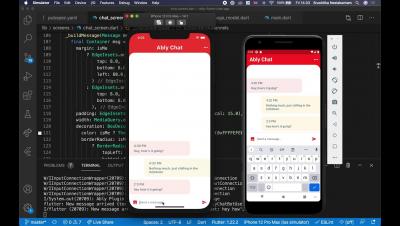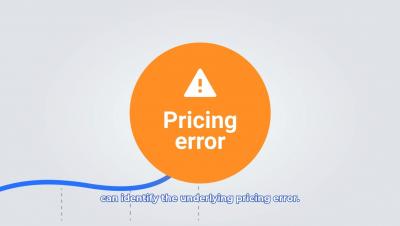Systems | Development | Analytics | API | Testing
%term
Federated Learning, Machine Learning, Decentralized Data
Two years ago we wrote a research report about Federated Learning. We’re pleased to make the report available to everyone, for free. You can read it online here: Federated Learning. Federated Learning is a paradigm in which machine learning models are trained on decentralized data. Instead of collecting data on a single server or data lake, it remains in place—on smartphones, industrial sensing equipment, and other edge devices—and models are trained on-device.
How Cloudera Supports Government Data Encryption Standards
As part of our ongoing commitment to supporting Government regulations and standards in our enterprise solutions, including data protection, Cloudera recently introduced a version of our Cloudera Data Platform, Private Cloud Base product (7.1.5 release) that can be configured to use FIPS compliant cryptography.
Better Listening Through Customer Experience Insights
Snowflake connected with Margaret Sherman of Sonos at Data Cloud Summit 2020 to hear how the company is using the Data Cloud to understand customer preferences and enhance listening experiences. In a world where people are surrounded by a lot of noise, purity of sound in music and other content we seek out in the comfort of our homes can offer a welcome respite. There are lessons to be learned from a company reinventing home audio for today and tomorrow—and using the Data Cloud to do it.
Democratizing Machine Learning Capabilities With Qlik Sense and Amazon SageMaker
The ability to discover insights from past events, transactions and interactions is how many customers currently utilize Qlik. Qlik’s unique approach to Business Intelligence (BI) using an in-memory engine and intuitive interface has democratized BI for typical business users, who usually have little to no technical savvy. But, for many years, organizations have only been able to analyze metrics or KPIs of “what has happened” (i.e., descriptive analytics).
Democratizing Machine Learning Capabilities With Qlik Sense and Amazon SageMaker
The ability to discover insights from past events, transactions and interactions is how many customers currently utilize Qlik. Qlik’s unique approach to Business Intelligence (BI) using an in-memory engine and intuitive interface has democratized BI for typical business users, who usually have little to no technical savvy. But, for many years, organizations have only been able to analyze metrics or KPIs of “what has happened” (i.e., descriptive analytics).









